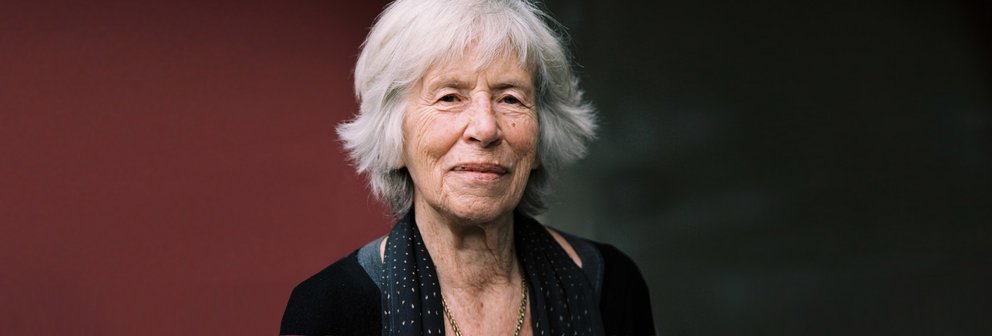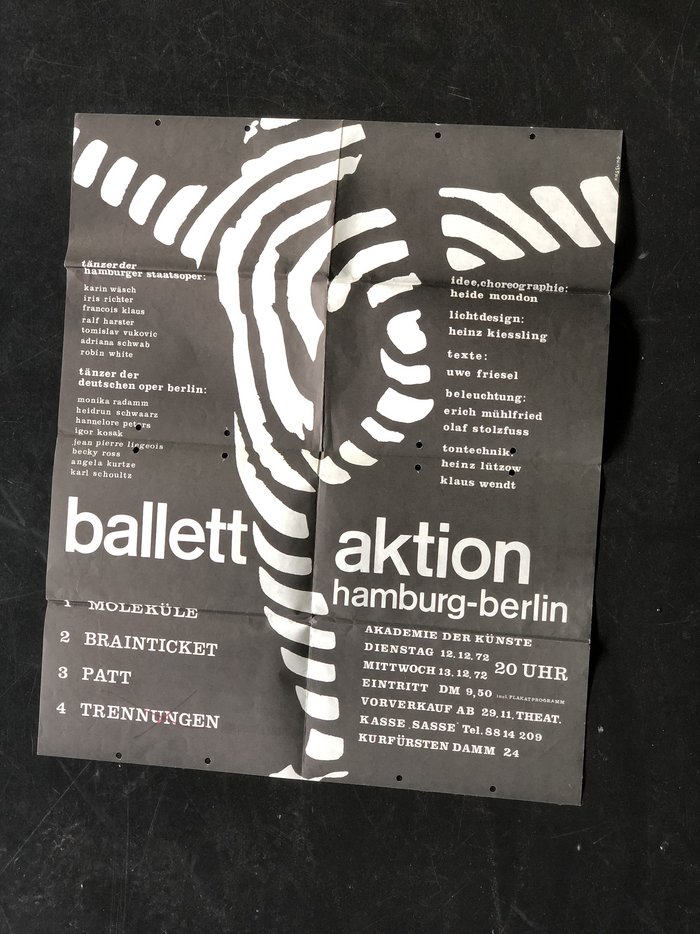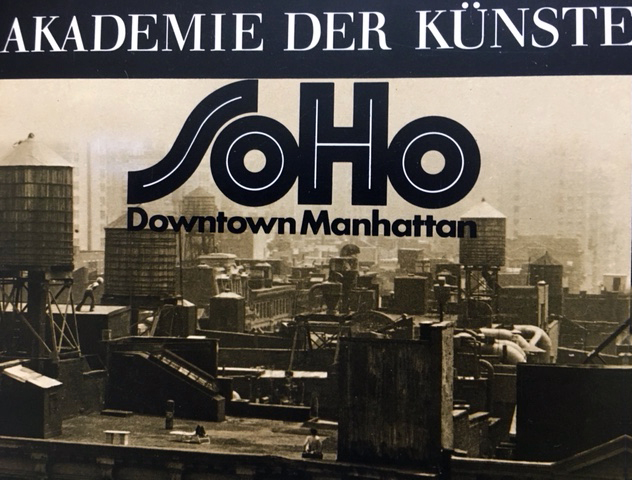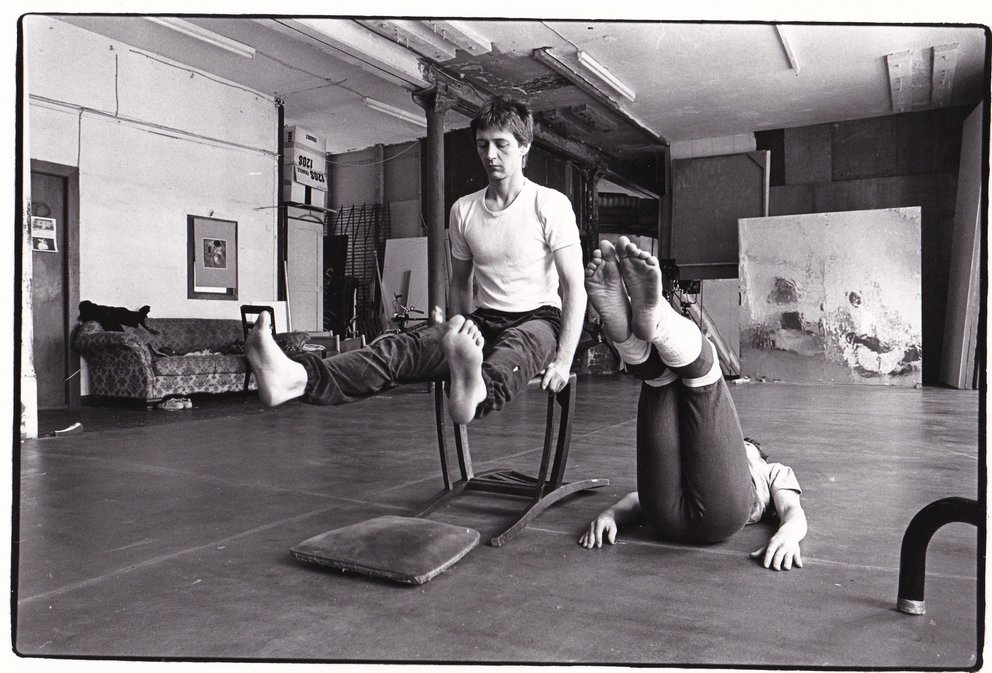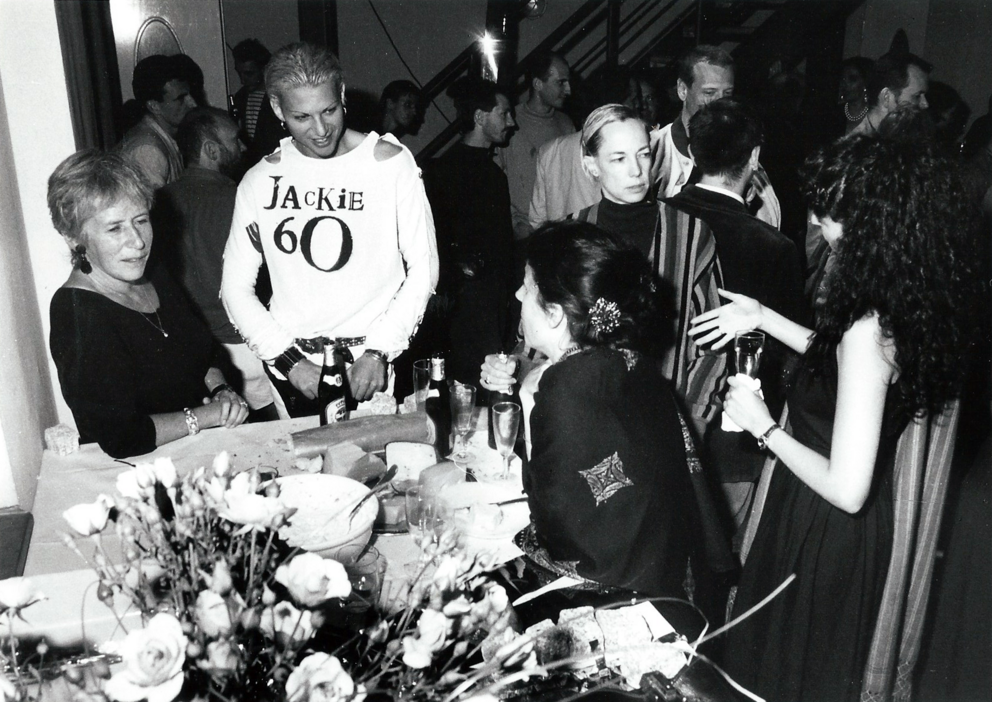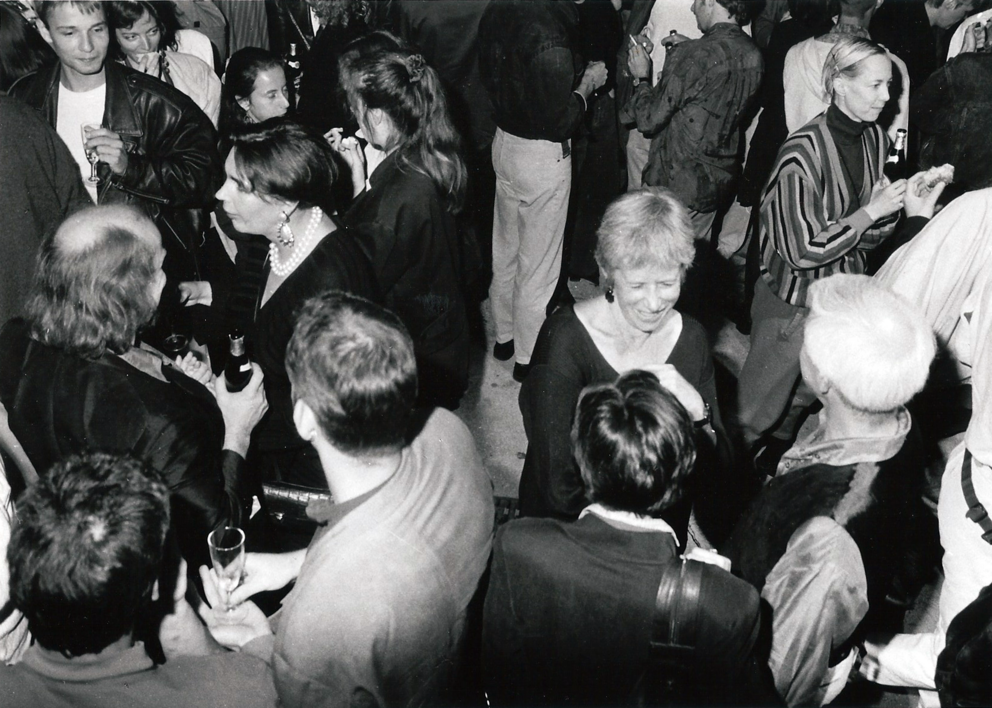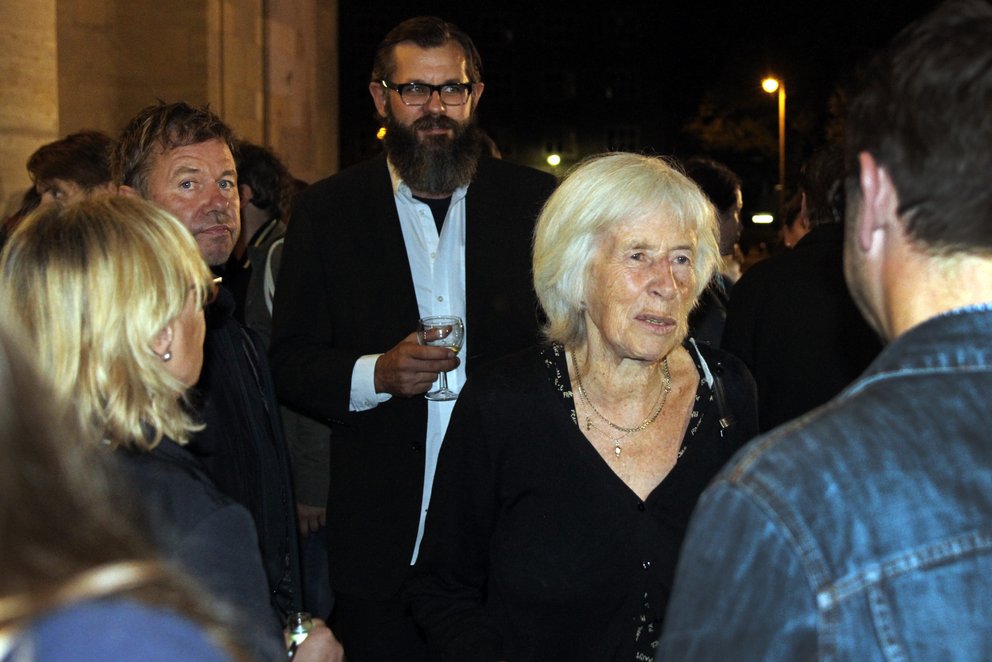Without Nele Hertling there would be no Tanz im August, there wouldn’t be this 30-year history of contemporary dance, performed in venues big and small, right across Berlin. By the time she began working as a research associate at the Akademie der Künste (West) in 1962, she had already lived through quite a lot. Born in Berlin in 1934, she and her mother survived the Nazi era and the inferno that was World War II, first in Bavaria and then near Rostock. She later studied German philology and theatre at Humboldt University, graduating in 1957. She also bore witness to the ideological arms race between East and West Berlin, to which even intellectuals and artists were not immune, she saw the persecution and imprisonment of friends, and in 1961, the building of the Berlin Wall. Having grown up in an open-minded house of musicians, she was naturally drawn to modern forms of music and the performing arts – meaning that number 10 Hanseatenweg was the perfect place for her to be.
From its re-founding in 1954, the Akademie der Künste (West), under its first president, the architect Hans Scharoun, was the hot spot for young artists and intellectuals. Hertling looked after the academy members and developed its programming, which meant travelling around, discovering new and innovative forms and bringing them to Berlin to open the eyes and ears of the public.
